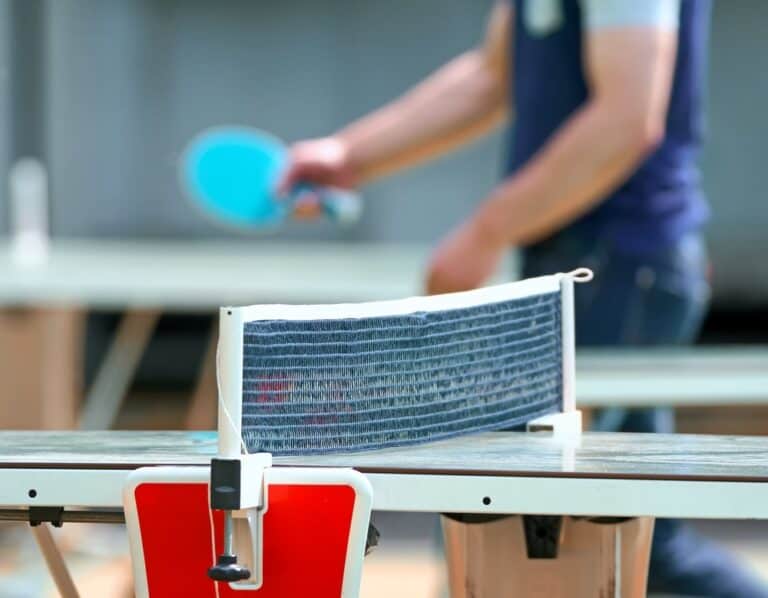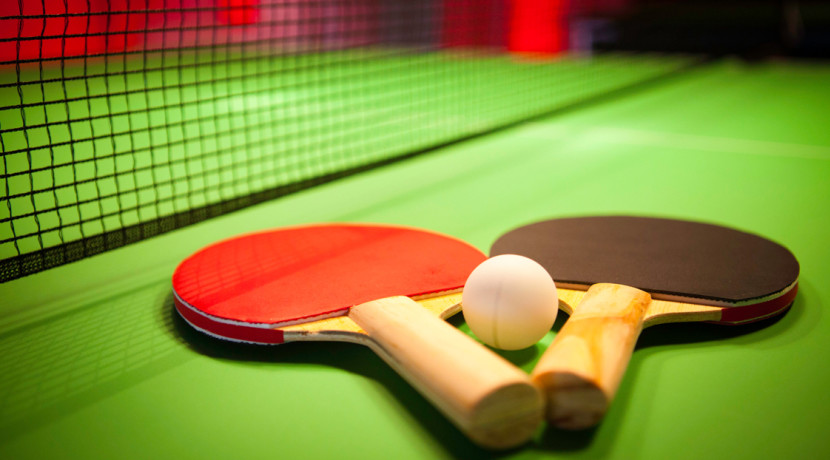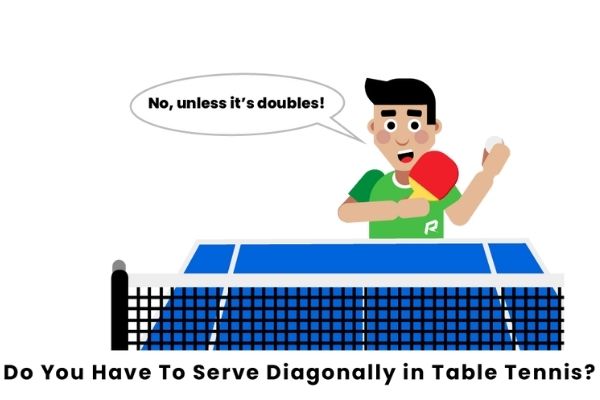
Ping pong is an Olympic game, in fact, it has been contested at every summer Olympics since 1988. Additionally, besides playing ping pong competitively or casually for fun with family and friends, there are also professional ping pong games played around the world. Ping pong is part of the World Table Tennis Association (WTTA).
Contents
1. What is ping pong?
To begin with, ping pong is a ball sport in which two opposing players hit a lightweight ball back and forth across a table using ping pong paddles. Ping pong is also referred to as table tennis.

Related Guide: How Ping Pong Balls are Made?
The rules of the game are simple:
Some other things to mention would be that when someone wants to play competitively, they usually will join a club or appropriate organization in their area so they can compete against other people.

2. Rules for playing ping pong?
The Ping Pong rules are simple. When you play with a partner, the first to 11 points wins the game. Ties are broken by playing up to 15 points unless it’s your second tiebreaker in which case you go up to 21 points.

Of course, that doesn’t mean that all ping pong players play for blood! Ping pong is one of those sports that can be played casually against friends or competitively at the highest levels of sportsmanship.
3. Serving in ping pong
It is considered good sportsmanship to let your opponent have the first serve. With that disclaimer out of the way, there are some strategies involved with serving in ping pong.
a. The ‘knuckle’ serve

The knuckle serve is an especially tricky serve, because it looks like you’re putting very little on it but then it moves unpredictably fast and either down the line or cross-court (especially if your opponent isn’t ready). If you want to send a message by making sure they know exactly who they’re playing against, this is how!
b. The “short”, or sidespin serve
This type of serve can be used to make sure your opponent car around the table instead of cutting.

4. Diagonally or straight – what’s the difference and why does it matter?
When it comes to playing, there are two ways of serving with your paddle. You can do either a straight or diagonally serve. A diagonal serve means that you hit straight, but on the diagonal (the side), which makes it harder for your opponent to return the ball successfully without making a mistake. On the contrary, if you did a straight serve your opponent can always expect where the ball is going because they know exactly which angle you’re hitting into, making it easier for them to return the ball with good speed and accuracy.